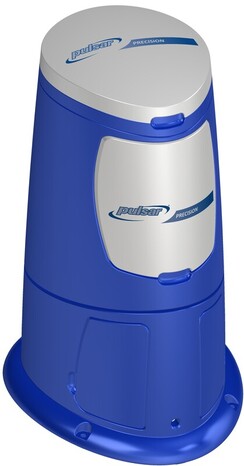- Help Center
- Pool & Spa Calcium Hypochlorite Feeders
- General Calcium-Hypochlorite Feeder Knowledge
-
Certified Pool Operator Class (CPO)
-
Engineering Data/Calculators
-
SDS Sheets
-
Pool & Spa Chemical Controllers
- All Chemical Controllers
- BECS Controllers
- Chemtrol Controllers
- EMEC Edge 100 Controller
- Emec Edge 200 Controller
- IPS Controllers
- Prominent DCM200/2CL Controller
- Prominent DCM 300 Controller
- Prominent DCM5 Controller
- Prominent 51X / Edge 500
- Pulsar Controllers
- Rola-Chem Controllers
- Walchem Controllers
-
VivoConnect Modem
-
Pool Operation 101
-
Pool & Spa Liquid Chlorine/Acid Feeders
-
Pool & Spa Calcium Hypochlorite Feeders
-
Pool & Spa Salt Systems/Chlorine Generators
- ChlorKing ChlorSM Series
- ChlorKing ChlorPDS Multi-Pool Controller
- ChlorKing ChlorVFS Multi-Pool Controller
- ChlorKing ChlorVFSD Multi-Pool Controller
- ChlorKing Nexgen 60 Month Maintenance Schedule (All Models)
- ChlorKing Nexgen How-To Videos (All Models)
- ChlorKing Nexgen pH 10/10R
- ChlorKing Nexgen pH 20/40/60/80
- ChlorKing Nexgen pH 50/100
-
Pool & Spa Boilers
-
Pool & Spa Heaters and Heat Pumps
-
Pool & Spa Water Chillers
-
UV Systems
-
Pool & Spa Filters
-
Pool & Spa Filtration/Feature Pumps
-
VivoPoint Tutorial
-
VivoPoint Updates
-
Water Safety Month
Maintenance - How to Winterize Cal Hypo Feeder
When you close your pool for the winter and no longer need to use your cal hypo feeders, here are the steps to winterize them.
- Once Water is drained from pool and pipes, Shut off inlet valve to feeder at venturi.
- Clean venturi and check valves.
- Close off inlet and outlet off of venturi
- Remove tubing from both sides of venturi on pipe, wash and store.
- Remove tubing from base of hopper and the inlet feeder, wash and store.
- Clean hopper, sprayers, grid, and remove any build up at bottom of hopper.
- Store all parts, hopper, tubing in climate controlled room.
- Check to make sure no water is left in booster pump or venturi that can freeze during the winter.


Pool chemicals during the winter:
- Store in a cool, dry place away from sunlight.
- Keep out of reach of children and pets.
- Store products in the original containers.
- Be sure your storage area is well ventilated. Vapors may build up inside containers.
- Never store oxidizers and acids near each other. Oxidizers will release chlorine gas if they come in contact with acids.
- Do not store liquids above powders or solids. Do not stack containers.
- Do not store pool chemicals near gasoline, fertilizers, herbicides, grease, paints, tile cleaners, turpentine, or flammable materials.
- While pool chemicals are less sensitive to cold temperatures than too hot, most will lose some of their potency if they freeze.
Download information sheet HERE
